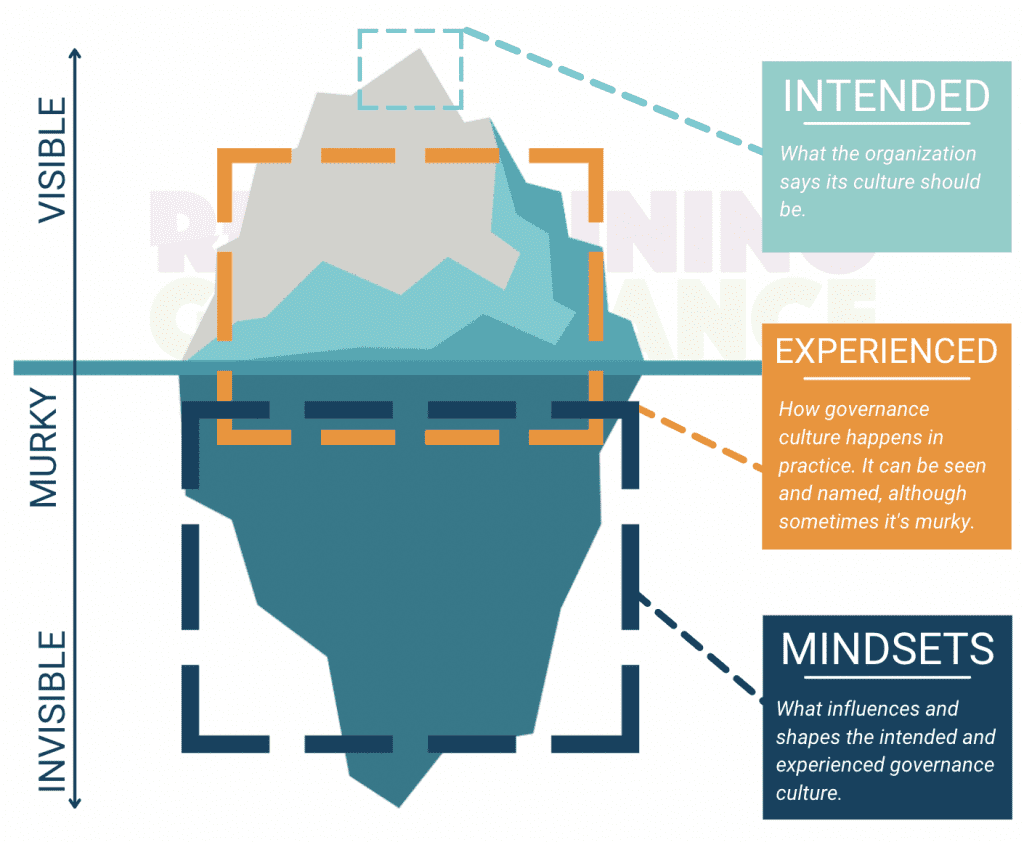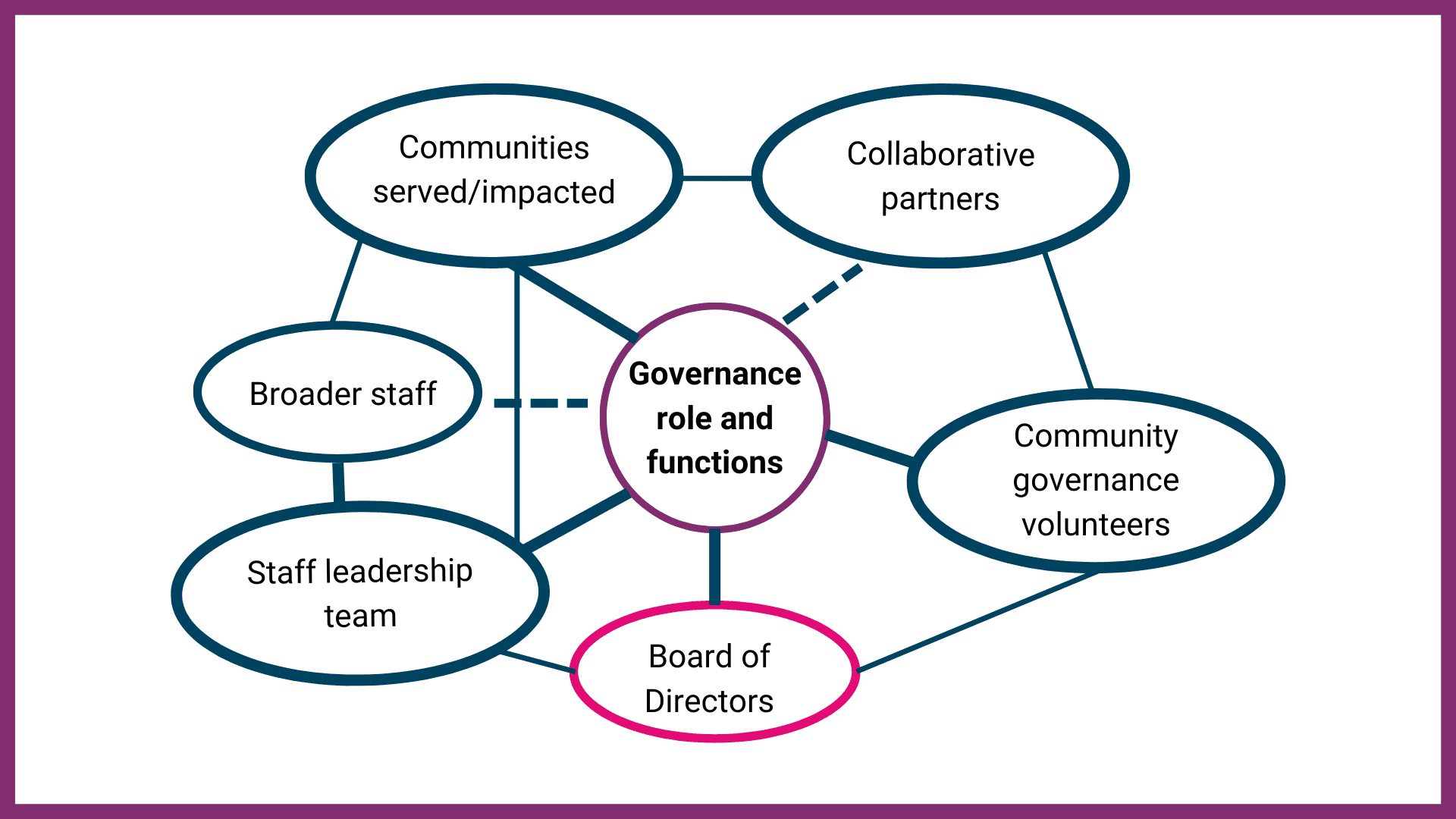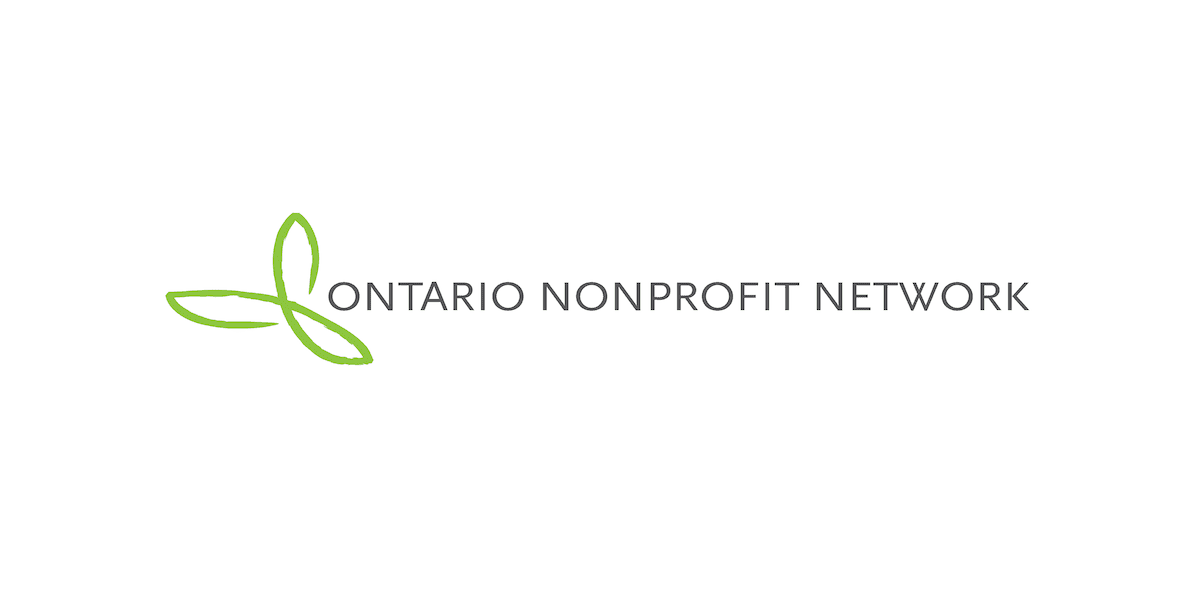How governance culture is shaping your decision-making
What is governance culture, and how can you work with it to reimagine governance? Yami Msosa, ONN’s Network Engagement Manager, joined Erin Kang and Linda Mollenhauer from Reimagining Governance for a conversation about governance culture and how it impacts decision-making in nonprofits.
Download transcript.
Three key takeaways about governance culture:
1. Governance culture is a complex, often invisible force that has a big impact on how governance is done.
Governance culture speaks to the values, mindsets, and ways of interaction of those who do governance work, such as the board, executive director, senior leadership, and any others participating in governance decision-making.
Governance culture is a combination of:
- Mindsets – e.g. attitudes, perspectives, ways of thinking/behaving, worldviews
- Values – e.g. the core beliefs valued by the organization and the people within the organization
- Ways of interaction – e.g. how people act together, towards, or with others; norms and habits
Governance culture can also include unique habits and norms that have formed over periods of time or within certain groups of people, becoming ‘normalized’ into a culture.
It impacts the actions, decisions, rules, and power dynamics that influence governance work. This manifests, for example, in who is consulted in decision-making, what types of knowledge and opinions are valued, the degree of risk tolerance, and how leadership is expressed and conferred. It comes out in questions of, How do we value feedback? Whose opinions and what kinds of types of knowledge are being valued by governance leaders? These things are greatly influenced by the mindsets, the values, the deep seated perspectives that people hold – often without realizing that they’re there.

2. Many nonprofits don’t address governance culture intentionally, but doing so can open doors to governance innovation.
Governance culture is highly prevalent but often not explored or named intentionally. Many organizations just assume organizational culture and governance culture merge; but they are different. Organizational culture typically focuses on the organization’s relationship to the community, to human resource and ethical principles, and links to the organization’s vision. It doesn’t focus on the conscious or unconscious mindsets, values and perspectives of those who are fulfilling governance, including what’s driving decisions and how governance structures and processes are created. As a result, there can be misalignments and misunderstandings.
If organizations are more intentional about their governance culture it opens up opportunities for innovation. For example, it causes governance leaders to determine what processes, structures and practices align with their intended culture, rather than just adopt generic ones. It causes deeper reflection that goes beyond just diversifying the board, to challenging notions of power and privilege and unpacking how to create truly equitable practices.
3. Your nonprofit can start digging into this work right away, and the upcoming Reimagining Governance Lab will support you!
Reflections about governance culture can happen during strategic planning sessions, be folded into regular check-ins and meetings, or be a well-resourced and longer-term activity that happens over months. This journey will look different for every nonprofit.
A key starting place is to build trust and create the right environment for navigating governance culture together, enabling the team to surface insights. The goal is not to create a perfect culture, because that doesn’t exist. Think about the values that you feel should drive your governance, and then reflect on the degree of alignment between those and the personal values, perspectives, and mindsets of individual governance leaders. Then, reflect on what everything means, examining the opportunities and challenges of your current circumstances.
For instance, if everyone is very aligned in values and mindsets, this could make governance work easier because there is a high level of agreement. However, if this goes on unexamined or without intentionality, it could prevent the group from seeing gaps, understanding barriers to their programs or services, and get stuck in ‘groupthink’ over the years.
A more intentional governance culture focuses on the relationships and human dynamics that drive your governance. It also means that nonprofit organizations are more responsive to the evolving environment, which ultimately enables them to better serve communities.
The Reimagining Governance Lab, a virtual space for people to explore innovative approaches to governance, will be sharing a tool that helps organizations to explore and reflect on their governance culture. Join our Reimagining Governance listserv to stay connected and receive updates on the launch of the Lab!
By Erin Kang and Linda Mollenhauer
This vlog is the second in a three-part series that will highlight learnings from ONN’s Reimagining Governance, a collaborative initiative with Ignite NPS. Following this series, we will be launching a virtual space for people to explore innovative approaches to governance in the nonprofit sector.






